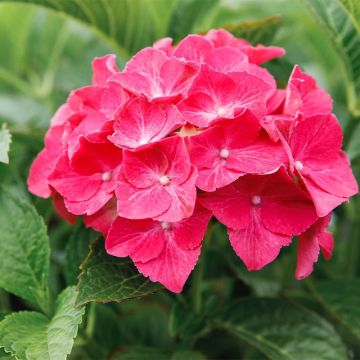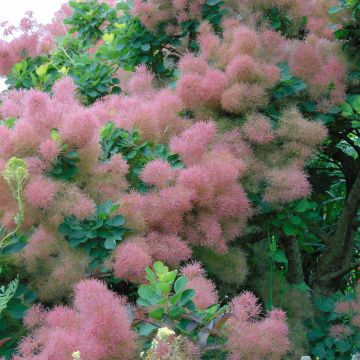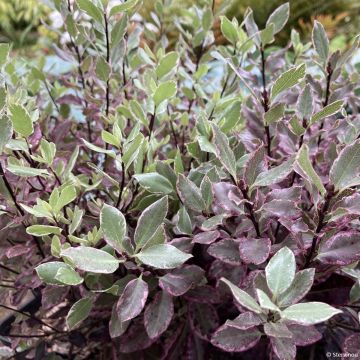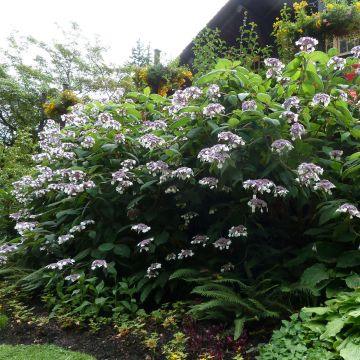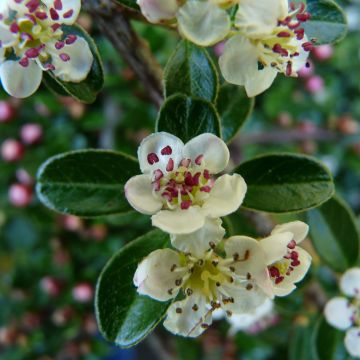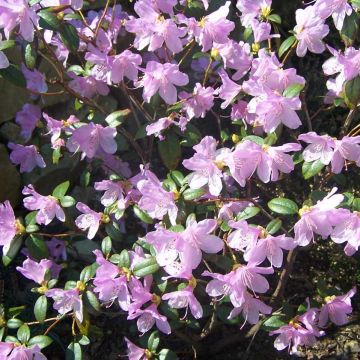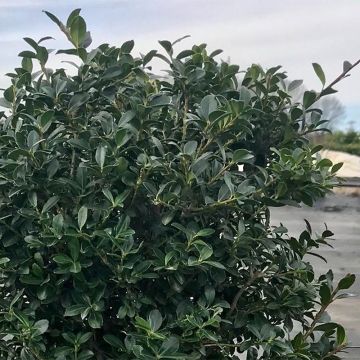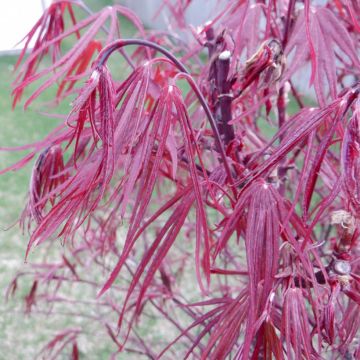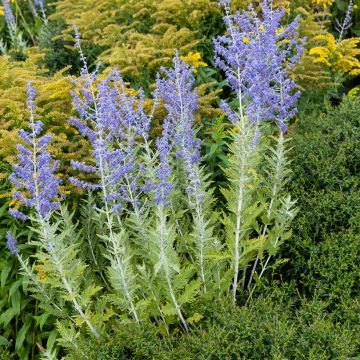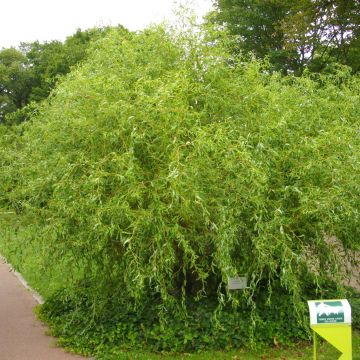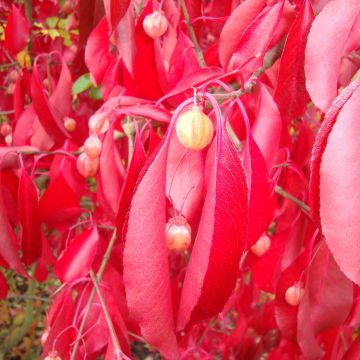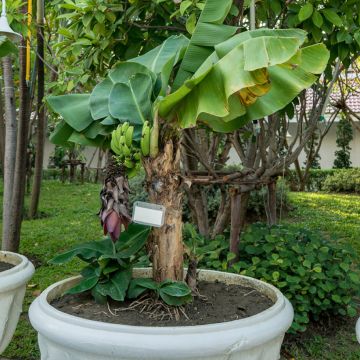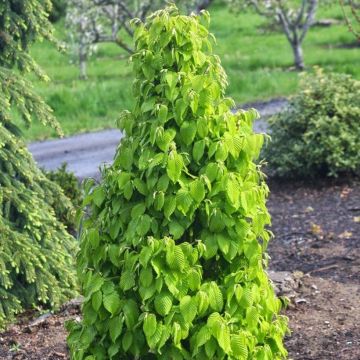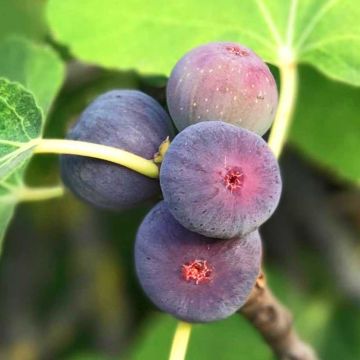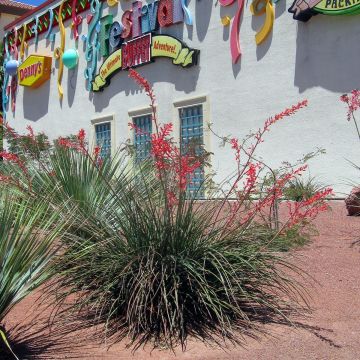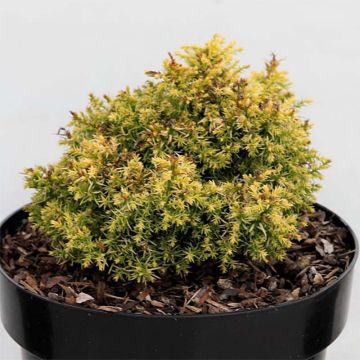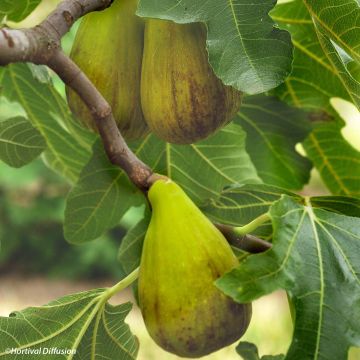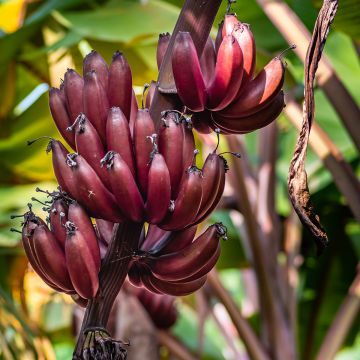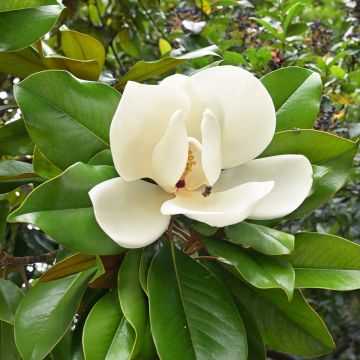Shipping country and language
Your country of residence may be:
Your country of residence is:
For a better user experience on our website, you can select:
Your shipping country:
Andorra
Austria
Belgium
Bulgaria
Canada
Chile
Croatia
Cyprus
Czechia
Denmark
Estonia
Finland
France
Germany
Greece
Hungary
Iceland
Ireland
Italy
Latvia
Lithuania
Luxembourg
Malta
Monaco
Netherlands
Poland
Portugal
Romania
Slovakia
Slovenia
Spain
Sweden
Switzerland
United Kingdom
We only deliver seed and bulb products to your country. If you add other products to your basket, they cannot be shipped.
Language:
French
German
Spanish
English
My Account
Hello
My wish lists
Plantfit
Log in / Register
Existing customer?
New customer?
Create an account to track your orders, access our customer service and, if you wish, make the most of our upcoming offers.
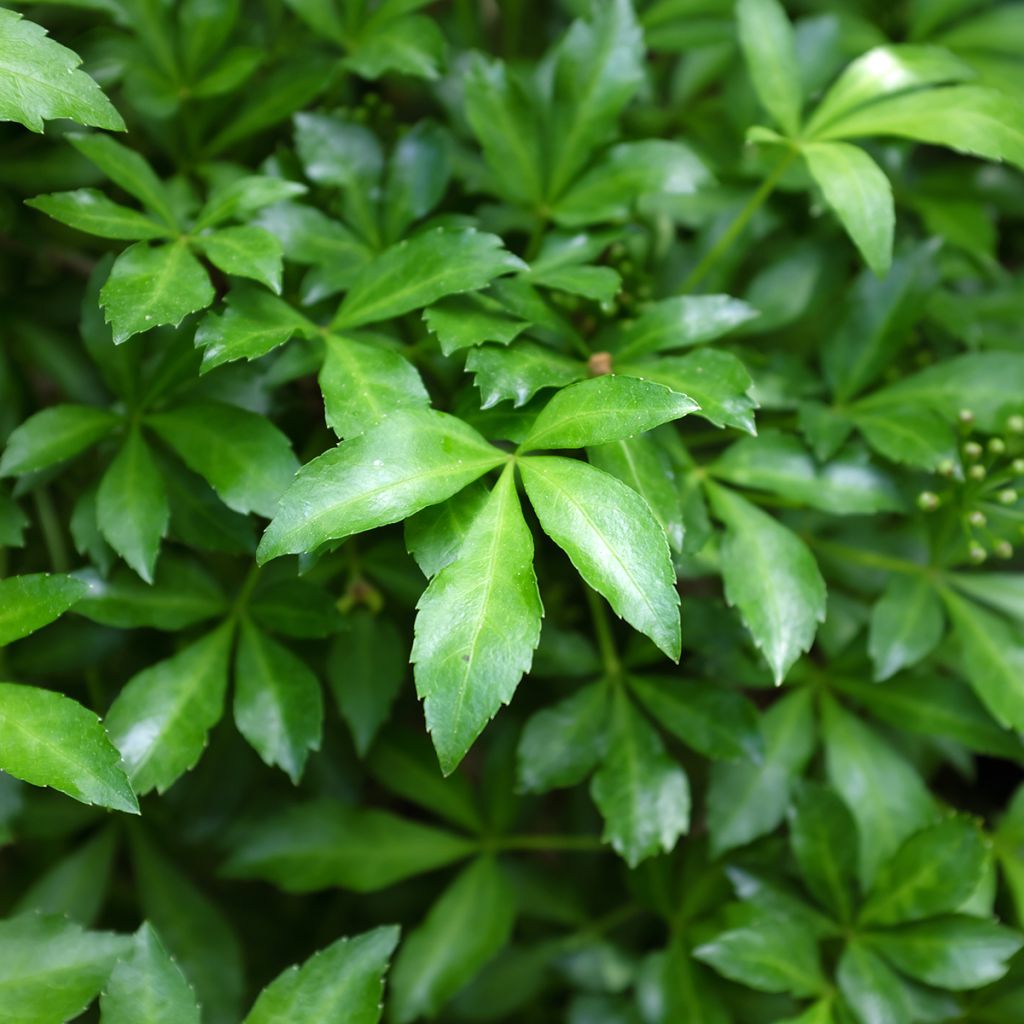

Acanthopanax henryi Nana - Henry's Aralia
Acanthopanax henryi Nana - Henry's Aralia
Acanthopanax henryi Nana
Henry's Acanthopanax
Order in the next for dispatch today!
Dispatch by letter from €3.90.
Delivery charge from €5.90 Oversize package delivery charge from €6.90.
More information
This item is not available in your country.
Schedule delivery date,
and select date in basket
This plant carries a 24 months recovery warranty
More information
We guarantee the quality of our plants for a full growing cycle, and will replace at our expense any plant that fails to recover under normal climatic and planting conditions.
From €5.90 for pickup delivery and €6.90 for home delivery
Express home delivery from €8.90.
Does this plant fit my garden?
Set up your Plantfit profile →
Description
Acanthopanax or Eleutherococcus henryi 'Nana' is a shorter form of Henry's Eleuthero. This lesser-known Asian bush, with a dense and elegant habit, is related to Japanese Aralia and is used in Chinese medicine. It has ornamental palmate foliage, discreet spring flowering, and decorative black fruiting. It can thrive in almost any growing conditions, which sometimes leads to severe pruning if it becomes too vigorous. This bush is cold-resistant, down to at least -15°C. It is rare in cultivation and differs from Eleutherococcus sieboldianus in having a more upright habit and more abundant fruiting.
Eleutherococcus henryi belongs to the Araliaceae family, just like ivy, ginseng, and tree angelica. It is native to central and southern China. In its native habitat, it can be found in fields, forests, along roadsides, and on mountain slopes. It can reach a height of 3.50m with sturdy stems bearing large thorns. Its good cold resistance, down to a minimum of -15°C, makes it adaptable to various climates. It has been reported to withstand temperatures as low as -20°C. Although it prefers moist soils, it can adapt to dry soils once established, but it does not tolerate waterlogged soils. This species also thrives in acidic, clayey, or humus-rich soils, and it tolerates urban pollution well. The plant is slow-growing and can produce suckers that are best removed. The deciduous leaves appear in spring and fall late in autumn. They are arranged in groups of 3 to 5 and attached to the branches by long green petioles. They are divided into 5 ovate, 3 to 6 cm long, green leaflets with strongly toothed edges. Near the leaf petioles, close to the nodes on the branch, there are small curved and pointed thorns. There are male and female plants. The flowering in June, consists of discreet and light white flowers. Only female specimens will have small black oval, quite decorative fruits after being pollinated by a male subject.
'Nana' is a dwarf form that reaches a height of 1.20m to 1.50m at maturity.
Eleutherococcus henryi 'Nana', while it can be planted in full sun, also tolerates slightly shaded areas of the garden and can be planted under trees and on the edge of woodland, where it develops over time. When exposed to the east or north, it can also be integrated into a loose or trimmed hedge with other shrubs. This medium-sized bush is suitable for many gardens, whether wild, exotic, Japanese-style, or English-style. In a hedge, it pairs well with privets or Ligustrum, as well as with botanical roses, spireas, Lonicera xylosteum honeysuckle, or winter honeysuckle (Lonicera fragrantissima).
Plant habit
Flowering
Foliage
Botanical data
Acanthopanax
henryi
Nana
Araliaceae
Henry's Acanthopanax
Eleutherococcus henryi
China
Other Shrubs A to Z
Planting and care
Acanthopanax henryi 'Nana' is hardy enough to be grown in the ground in all regions. It can be planted in spring or autumn, in any garden soil, without excessive moisture. Once well established, it tolerates dry soils in summer, although it is more lush in soil that remains slightly moist. It tolerates limestone well, as it is a plant with few soil and exposure requirements: only waterlogged soils or excessively dry situations should be avoided. Choose a semi-shaded exposure, in the morning sun, or even shade. However, care should be taken to place it out of strong or drying winds to protect its ornamental foliage. Annoying suckers should also be removed unless you want this plant to colonise an undergrowth where nothing else grows. You can prune this bush to allow it to branch out and limit its size. A severe rejuvenation pruning is also recommended every 4 or 5 years, at the end of winter.
Planting period
Intended location
Care
This item has not been reviewed yet - be the first to leave a review about it.
Striking foliage shrubs
Haven't found what you were looking for?
Hardiness is the lowest winter temperature a plant can endure without suffering serious damage or even dying. However, hardiness is affected by location (a sheltered area, such as a patio), protection (winter cover) and soil type (hardiness is improved by well-drained soil).

Photo Sharing Terms & Conditions
In order to encourage gardeners to interact and share their experiences, Promesse de fleurs offers various media enabling content to be uploaded onto its Site - in particular via the ‘Photo sharing’ module.
The User agrees to refrain from:
- Posting any content that is illegal, prejudicial, insulting, racist, inciteful to hatred, revisionist, contrary to public decency, that infringes on privacy or on the privacy rights of third parties, in particular the publicity rights of persons and goods, intellectual property rights, or the right to privacy.
- Submitting content on behalf of a third party;
- Impersonate the identity of a third party and/or publish any personal information about a third party;
In general, the User undertakes to refrain from any unethical behaviour.
All Content (in particular text, comments, files, images, photos, videos, creative works, etc.), which may be subject to property or intellectual property rights, image or other private rights, shall remain the property of the User, subject to the limited rights granted by the terms of the licence granted by Promesse de fleurs as stated below. Users are at liberty to publish or not to publish such Content on the Site, notably via the ‘Photo Sharing’ facility, and accept that this Content shall be made public and freely accessible, notably on the Internet.
Users further acknowledge, undertake to have ,and guarantee that they hold all necessary rights and permissions to publish such material on the Site, in particular with regard to the legislation in force pertaining to any privacy, property, intellectual property, image, or contractual rights, or rights of any other nature. By publishing such Content on the Site, Users acknowledge accepting full liability as publishers of the Content within the meaning of the law, and grant Promesse de fleurs, free of charge, an inclusive, worldwide licence for the said Content for the entire duration of its publication, including all reproduction, representation, up/downloading, displaying, performing, transmission, and storage rights.
Users also grant permission for their name to be linked to the Content and accept that this link may not always be made available.
By engaging in posting material, Users consent to their Content becoming automatically accessible on the Internet, in particular on other sites and/or blogs and/or web pages of the Promesse de fleurs site, including in particular social pages and the Promesse de fleurs catalogue.
Users may secure the removal of entrusted content free of charge by issuing a simple request via our contact form.
The flowering period indicated on our website applies to countries and regions located in USDA zone 8 (France, the United Kingdom, Ireland, the Netherlands, etc.)
It will vary according to where you live:
- In zones 9 to 10 (Italy, Spain, Greece, etc.), flowering will occur about 2 to 4 weeks earlier.
- In zones 6 to 7 (Germany, Poland, Slovenia, and lower mountainous regions), flowering will be delayed by 2 to 3 weeks.
- In zone 5 (Central Europe, Scandinavia), blooming will be delayed by 3 to 5 weeks.
In temperate climates, pruning of spring-flowering shrubs (forsythia, spireas, etc.) should be done just after flowering.
Pruning of summer-flowering shrubs (Indian Lilac, Perovskia, etc.) can be done in winter or spring.
In cold regions as well as with frost-sensitive plants, avoid pruning too early when severe frosts may still occur.
The planting period indicated on our website applies to countries and regions located in USDA zone 8 (France, United Kingdom, Ireland, Netherlands).
It will vary according to where you live:
- In Mediterranean zones (Marseille, Madrid, Milan, etc.), autumn and winter are the best planting periods.
- In continental zones (Strasbourg, Munich, Vienna, etc.), delay planting by 2 to 3 weeks in spring and bring it forward by 2 to 4 weeks in autumn.
- In mountainous regions (the Alps, Pyrenees, Carpathians, etc.), it is best to plant in late spring (May-June) or late summer (August-September).
The harvesting period indicated on our website applies to countries and regions in USDA zone 8 (France, England, Ireland, the Netherlands).
In colder areas (Scandinavia, Poland, Austria...) fruit and vegetable harvests are likely to be delayed by 3-4 weeks.
In warmer areas (Italy, Spain, Greece, etc.), harvesting will probably take place earlier, depending on weather conditions.
The sowing periods indicated on our website apply to countries and regions within USDA Zone 8 (France, UK, Ireland, Netherlands).
In colder areas (Scandinavia, Poland, Austria...), delay any outdoor sowing by 3-4 weeks, or sow under glass.
In warmer climes (Italy, Spain, Greece, etc.), bring outdoor sowing forward by a few weeks.
